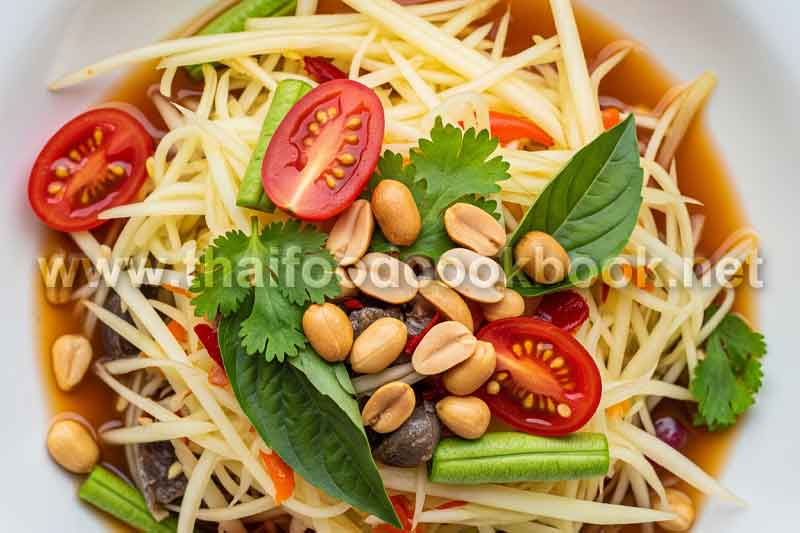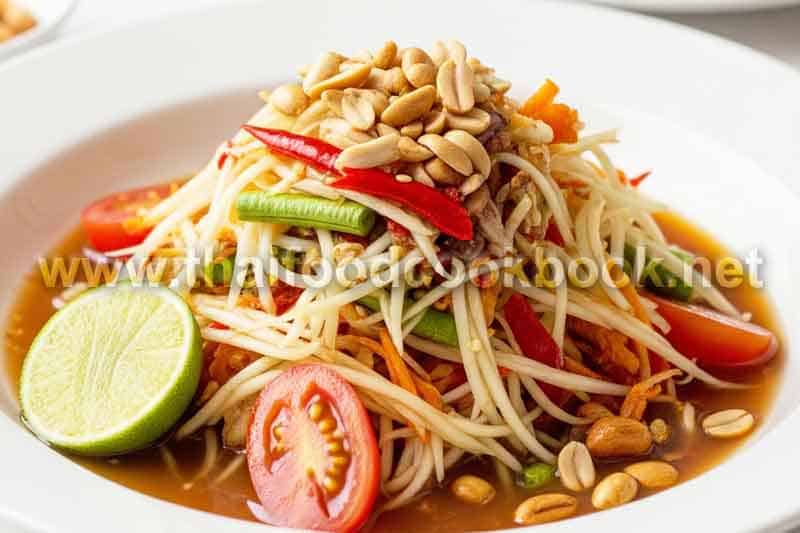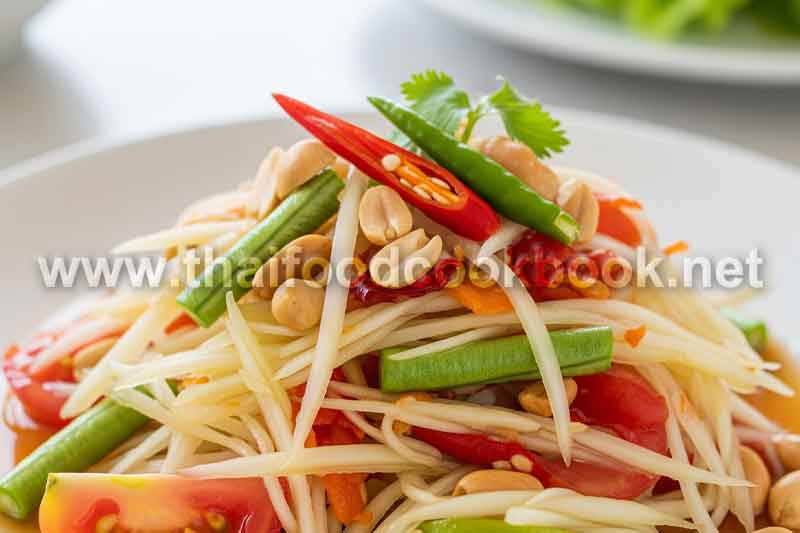Som Tum Around the World: How International Chefs Interpret Papaya Salad
Many food enthusiasts crave the spicy, tangy hit of Som Tum but feel stuck replicating it outside Thailand. Differences in local ingredients, kitchen tools, and culinary traditions often lead to uneven texture, imbalanced heat, or overly sweet outcomes. Fortunately, global chefs have cracked the code—reimagining papaya salad using regional produce and contemporary techniques. By exploring these international takes—from chef-driven fusion plates to locally sourced interpretations—you’ll gain insight into authentic flavor principles and how to tailor them in your own kitchen. Whether you’re a curious cook or food-lover, this look at international chef interpretations of Som Tum will arm you with inspiration and practical tips.
Global Fusion Recipes: When Som Tum Meets World Cuisine
International chefs are experimenting by blending Thai flavor foundations with global ingredients, transforming papaya salad into creative fusion dishes. These modern Som Tum variations respect the traditional balance of spicy-sour-salty-sweet while introducing surprising new textures and tastes.
Notable Fusion Papaya Salad Innovations:
- Avocado & Crab Som Tum: Combines fresh avocado creaminess with crab meat and chili-lime dressing
- Som Tum Taco: Papaya salad stuffed into tortillas topped with cilantro and lime crema
- Sushi-Style Som Tum Roll: Shredded papaya, herbs, and spicy dressing wrapped in seaweed and rice
Such inventive blends showcase how chefs worldwide are honoring the dish’s essence—like Michelin-recommended chefs whose focus on ingredient quality and dressing balance defines their versions :contentReference[oaicite:2]{index=2}—while adapting Som Tum for diverse palettes.
Regional Twists: Local Country Takes on Thai Papaya Salad
Beyond fusion, chefs in Southeast Asia and further afield are interpreting Som Tum using local produce and culinary customs. These regional versions preserve the dish’s identity while reflecting local terroir.
- Vietnamese Goi Du Du: Uses shredded papaya with fish sauce, fresh herbs, and roasted peanuts
- Laotian Tam Mak Hoong: Includes fermented fish paste (Padaek), Lao chilies, and fresh vegetables for deep umami and heat :contentReference[oaicite:3]{index=3}
- Cambodian Bok L’hong: Incorporates palm sugar, tamarind, and local chilies in a milder profile
International restaurant menus in Europe, Australia, and North America increasingly offer local variants—such as apple or jicama versions—while maintaining traditional dressing ratios and mortar techniques :contentReference[oaicite:4]{index=4}.
Chef Techniques: Tools and Tips from Top Papaya Salad Makers
Professional chefs emphasize traditional mortar and pestle methods, ingredient sequencing, and fine-tuning to replicate authentic texture and heat outside Thailand. This craftsmanship often defines whether a version feels true to its roots.
- Pound garlic and chilies first to infuse chili oils into the base.
- Add palm sugar and lime to dissolve and balance flavors before papaya.
- Finish by gently tossing in shredded papaya to maintain crispness.
Michelin-featured chefs advise being precise with tomato core removal and roasting peanuts to boost aroma—practices that define high-end street-style Som Tum :contentReference[oaicite:5]{index=5}.
How This Inspires Home Cooking: Bringing Chef-Style Som Tum to Your Kitchen
Inspired by international culinary adaptations, here’s how you can apply pro techniques at home:
- Use fusion ingredients: Try avocado, smoked salmon, or toasted hazelnuts.
- Source local substitutes: Use Granny Smith apples or jicama if papaya isn’t available.
- Embrace technique: Stick to mortar-and-pestle pounding steps to layer flavors properly.
- Adjust spice mindfully: Start with fewer chilies and add to taste.
By adopting these chef-tested tips, you can elevate your Som Tum—whether inspired by Thai street food or global creativity.
Conclusion: The Global Appeal of Papaya Salad Reinvented
Som Tum’s simplicity—shredded papaya plus a vibrant dressing—makes it endlessly adaptable. Around the world, chefs reinterpret it as gourmet fusion, local specialties, or refined sipping salads. Yet their success lies in preserving the authentic flavor architecture that Thai street vendors perfected: bold, balanced, and bracingly fresh. Whether you follow a chef’s avant-garde recipe or a home-friendly twist, learning from these international interpretations allows you to honor tradition while customizing with confidence. Try your own version, and taste how global creativity and Thai technique combine to reinvent papaya salad for every kitchen.


